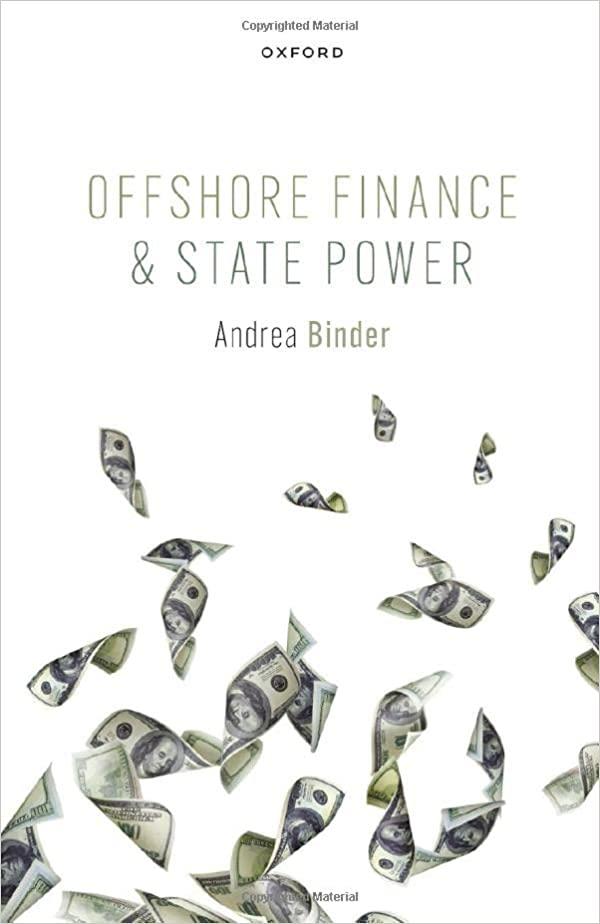Question
(i) You invest $120 in a mutual fund that grows 15 percent annually for three years. Then the fund experiences an exceptionally bad year and
(i) You invest $120 in a mutual fund that grows 15 percent annually for three years. Then the fund experiences an exceptionally bad year and declines by 30 percent. After the bad year, the fund resumes its 15 percent annual return for the next three years. a. What is the average percentage change for the seven years? b. If you liquidate the fund after nine years, how much do you receive? c. What is the annualized return on this investment using a dollar-weighted calculation and using a time-weighted calculation? (ii) You sold 200 shares of DOG short for $24. After three years you closed your position at $17. DOG paid an annual dividend of $1, what was the annualized (compound) return on the trade? (iii) You purchase a stock for $100 that pays an annual dividend of $4.50. At the beginning of the second year, you purchase an additional share for $140. At the end of the second year, you sell both shares for $170. Determine the dollar-weighted return and the time-weighted compounded (i.e., geometric) return on this investment.
Step by Step Solution
There are 3 Steps involved in it
Step: 1

Get Instant Access to Expert-Tailored Solutions
See step-by-step solutions with expert insights and AI powered tools for academic success
Step: 2

Step: 3

Ace Your Homework with AI
Get the answers you need in no time with our AI-driven, step-by-step assistance
Get Started


